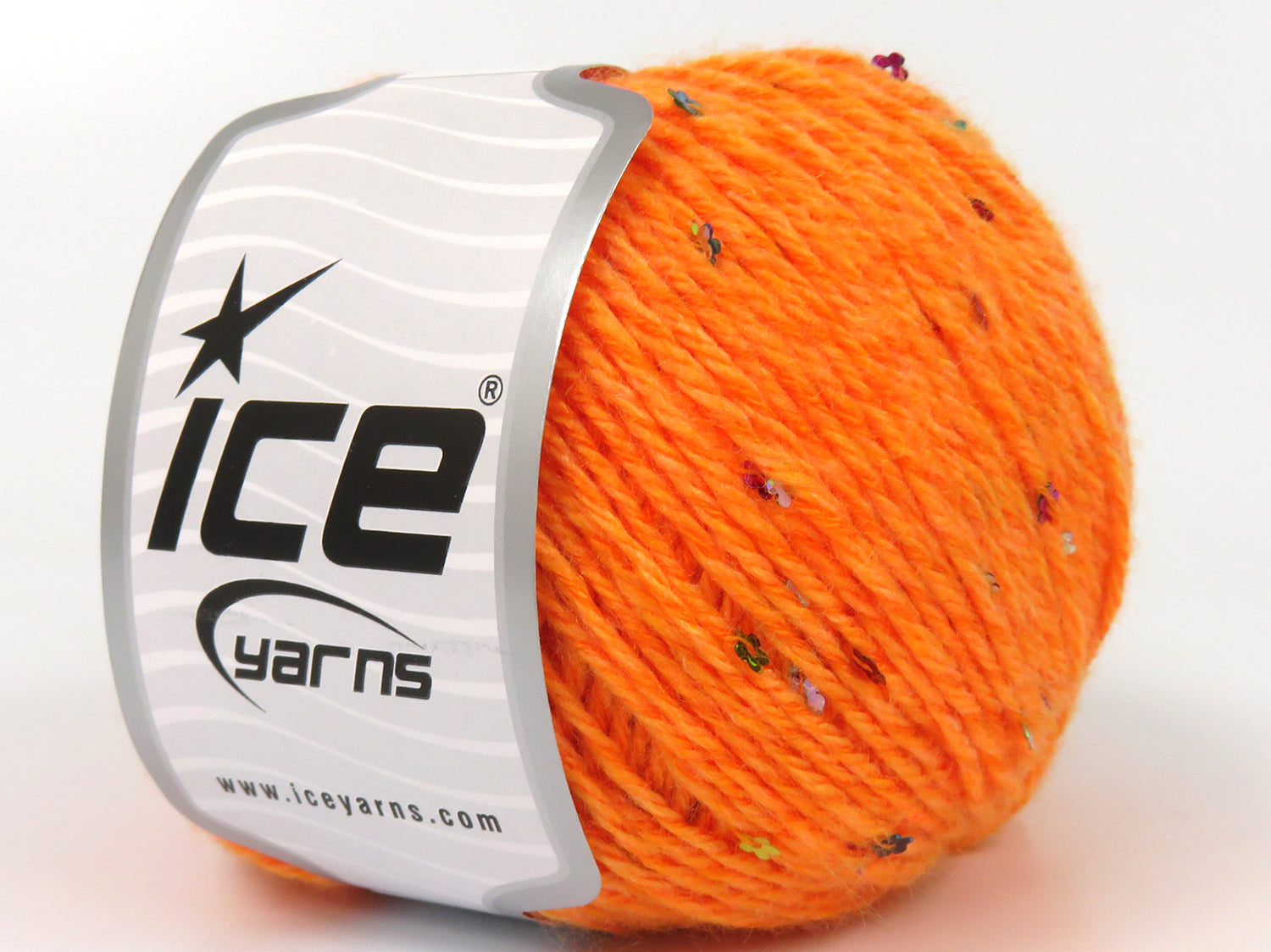
Yarn Ply – Guide to Ply Charts & Conversions
Partager
Discover how yarn ply affects the style and finish of your crochet or knitting creations.
What Is Yarn Ply?
The number of strands twisted together to create your yarn is referred to as the yarn ply. Twisting two or more independent strands results in ply or plied yarns. 8 strands are connected to create 8 ply yarn, popularly known as DK yarn.
Yarn Ply & Yarn Weights
Throughout the world, yarn ply is frequently used—and isn’t necessarily technically accurate—to describe how thick or thin a yarn is. For instance, if the single strands were thicker to begin with, a 4 ply yarn may be thicker than an 8 ply yarn. The Craft Yarn Council created a standard yarn weight system with numbers beginning at 1 to address this issue. The UK and Australia mark the majority of yarns with a ply number, despite the growing popularity of this technique. Here is a generic table of comparisons:
What is Plying?
The word “plying” is derived from the verbs “plier” (to fold), “plico” (to bend or fold), and “pleko” (to braid or twine), respectively, in French, Latin, and Greek. To create a distinct kind of yarn, strands or fibres are twisted and combined throughout this procedure.










































